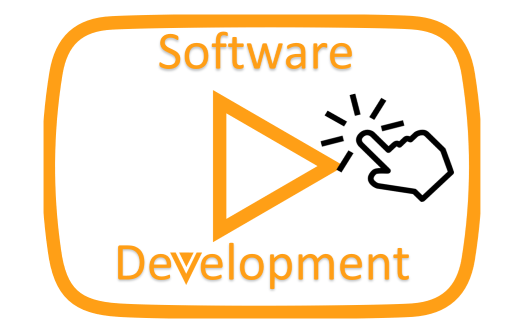Veeva’s SDLC approach approach provides for a planned and predictable release of innovative application functions and features. At a high-level, the development lifecycle can be broken down into the following circular-phases:
- Define - Veeva plans and delivers several major application releases per year. These releases can include entirely new functionality, defect fixes for existing features, and/or modifications to the underlying architecture. Major application releases typically include many new features. Product managers (PMs) are responsible for identifying features or enhancements for the next release. In addition to the standard product planning process, customers can submit requests for new features and enhancements and report product issues. During the product roadmap planning, product managers gather information helping them to determine feature scope, priorities, and customer demand.
- Design - New features and enhancements are designed and reviewed prior to being approved for development. In Agile terminology, an “Epic” and/or “User Story” is created for each product enhancement. Epics and User Stories are conceptual outlines of a system function and feature, and are used to capture detailed technical design, log discussions around how a feature will be implemented or defects resolved, assign work to individual developers, maintain audit history of what changed on the story, and maintain status as to where the story is in the SDLC workflow. These Epics and User Stories are routed to development managers for planning, estimating, scheduling, and assignment to appropriate engineering resource(s) with targeted releases and timelines (“Tasks”). All activities and corresponding deliverables are maintained in an enterprise development tracking tool.
- Build - The Engineering team (Development and Software Testing) must scope the proposed enhancements in order to estimate the effort required in a defined Agile sprint (e.g., 3 to 4 weeks of effort). The Epic is reviewed and decomposed into manageable stories and/or tasks. If required, the development and testing effort may span more than one Agile sprint. Stories are self-contained components of an Epic, written from the use case perspective (agent, action).
- Test - See Software Testing / Software Quality Assurance
- Deploy - See Release Management
- Maintain - During the maintenance phase of the SDLC the applications and environments are monitored and maintained by Veeva’s Technical Operations team (Technical Operations). Issues encountered during production are reported either by customers or Veeva Global Services (Product Support) personnel via the Product Support Portal.
